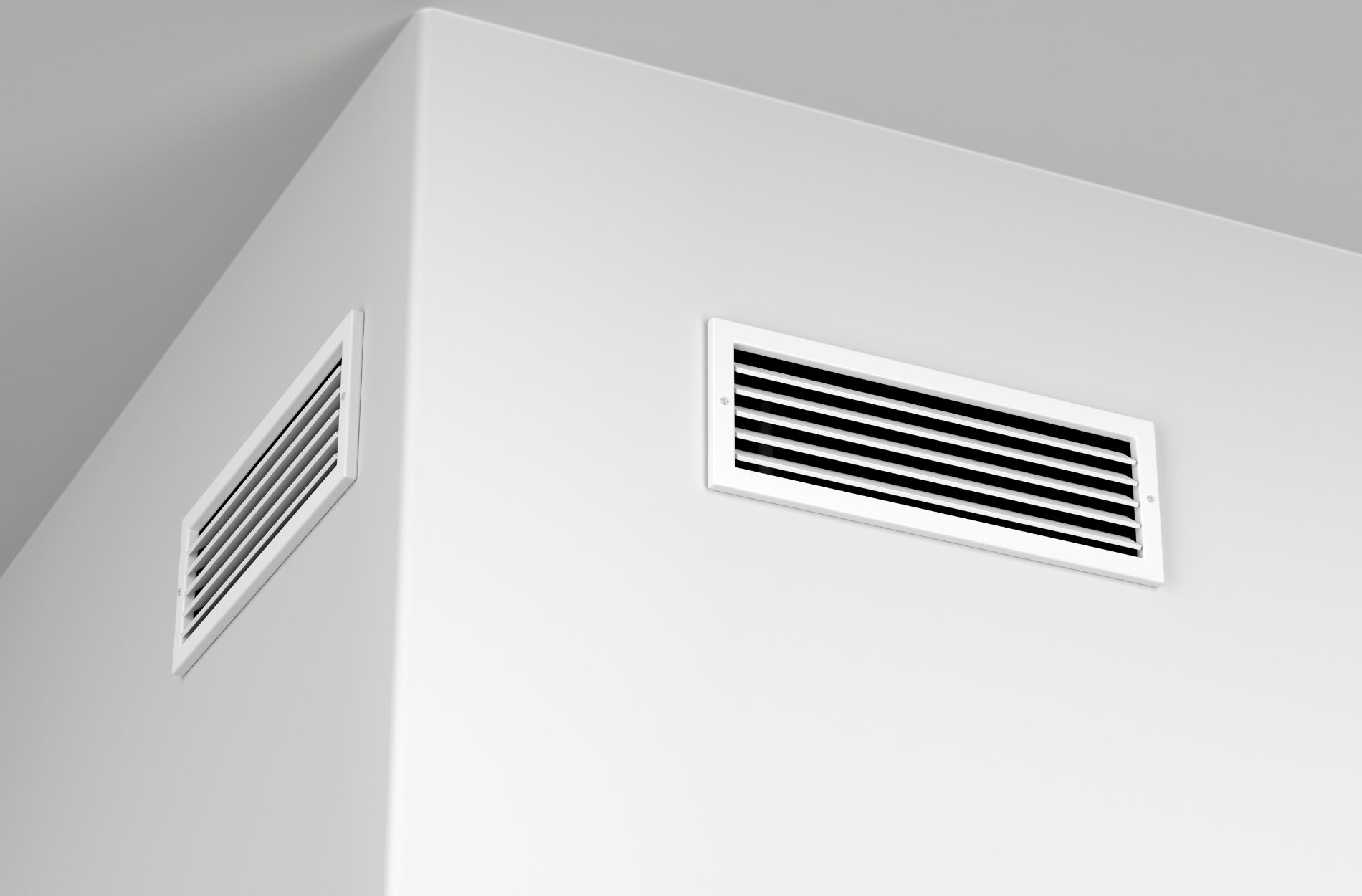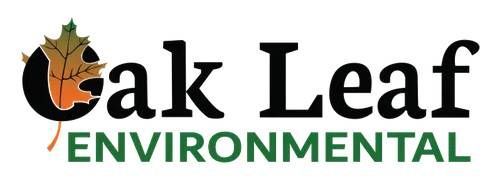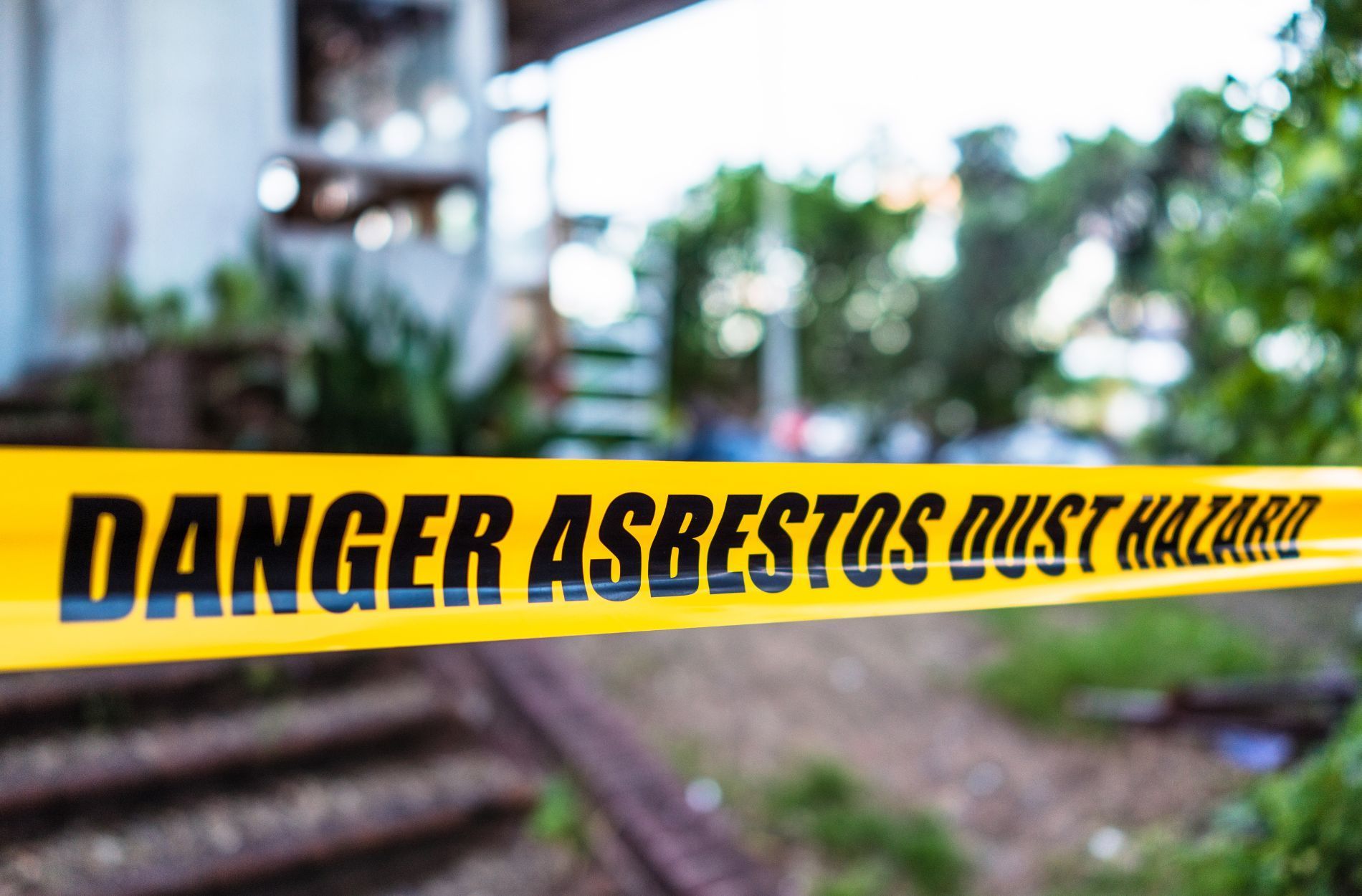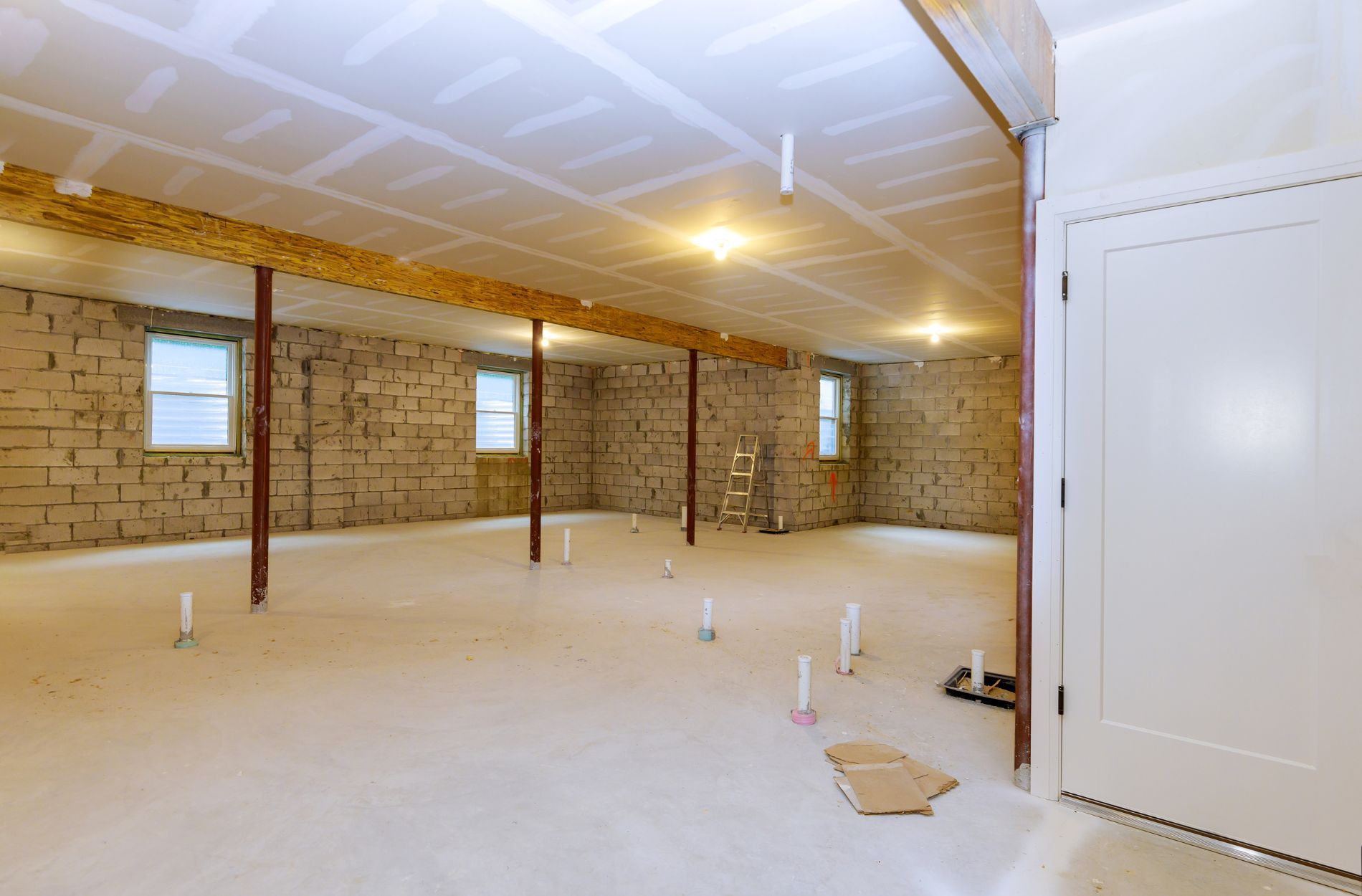Office Workers Experiencing Allergies - Check Your Air Quality
If your office is full of sneezing, watery eyes, or constant throat clearing, the problem might not be seasonal allergies or a bad batch of coffee. There's a good chance the air inside your building isn't as clean as it looks. Many office workers struggle with allergy-like symptoms without realizing the root cause is invisible and surrounding them daily: indoor air.
When you spend hours a day inside the same building, the quality of that air matters a lot more than most people think. It affects how you feel, how well you focus, and sometimes even how often you get sick. Poor indoor air doesn't always come with an obvious smell or visual clue, which is why it's often overlooked. But knowing how indoor air can cause everyday symptoms is the first step to making your workday healthier and more comfortable.

Common Indoor Air Pollutants In Offices
Office buildings may look clean, but there's a long list of things that can mess with air quality. Some of the biggest offenders are sitting right in plain sight or hiding in vents, carpets, or break rooms. Most of the time, these common pollutants build up slowly, so people get used to the way the space feels, even when it's not quite right.
Here are a few usual suspects that may be affecting the air you’re breathing at work:
- Dust from paper, carpet fibers, and furniture
- Mold from damp areas or leaks nearby
- Cleaning chemicals left lingering in the air
- Off-gassing from plastic materials, office furniture, and synthetic flooring
- Poor ventilation causing stale or recycled air to stay trapped
- Printer and copier emissions that hang around workstations
- Pollen and outdoor pollutants entering through windows and vents
Even something like a new filing cabinet or recently installed carpet can release tiny particles that change the air makeup for weeks. Every office is different, but older buildings, shared HVAC systems, or minimal airflow can make things worse.
Take a typical office meeting room as an example. Imagine it's used daily, the door stays closed most of the time, and there's a table cleaned with strong detergents every morning. Then there's the projector that heats up while running, a few laptops, and ten people talking and breathing with no open windows. Not hard to see how the air could turn stale fast, or how someone might start to feel off without ever connecting it to air quality.
When these pollutants float around day after day, they can create a pretty uncomfortable ride for anyone with allergies, asthma, or simple sensitivity to strong smells. Spotting these signs early is important, and doing something about it helps stop minor discomfort from growing into a bigger issue.
How Poor Air Quality Affects Health
When the air isn’t clean, your body can feel it. Most people shrug off a cough or itchy eyes, thinking it’s just allergies or a change in seasons. But those common symptoms might stick around because the source is inside, not out. Poor indoor air quality can stir up a host of problems, especially in offices where you spend long hours in a sealed environment.
Some of the health effects show up quickly. Others may take weeks or months before you realize something’s off. These signs don’t always point directly to the air you breathe, which is why it’s easy to miss.
Here are some symptoms office workers often face when indoor air is poor:
- Runny or stuffy nose that doesn’t go away
- Scratchy throat, even when you're not sick
- Sneezing or coughing without a cold
- Headaches that come and go during the workday
- Trouble staying focused or feeling mentally foggy
- Tiredness that hits earlier than usual
- Watery or itchy eyes, especially while at a desk
Some people might feel these effects more than others, depending on their overall health or sensitivity to certain particles. The point is, if the air you breathe all day is full of irritants, those irritants are going to affect your body, even if you're used to them. Instead of waiting for symptoms to get worse or blaming pollen, poor sleep, or too much screen time, it’s worth stepping back and checking what’s floating around the office.
It’s not just about comfort. Bad air can affect how often people get sick, how productive they are, and how much energy they have by the end of the workday. That’s why it makes sense to treat indoor air as something worth improving, just like lighting, temperature, or noise levels.
Steps To Improve Office Air Quality
If your office feels stuffy or you’ve noticed coworkers sharing the same symptoms season after season, it may be time to take action. The good news is that there are straightforward changes that can make a big difference. These steps don’t need to overhaul the entire space but can still keep air quality in check.
Here are a few ways to start improving the air at work:
- Open windows when possible. Letting in outside air can help cut down on stuffy smells or lingering indoor particles.
- Clean vents and replace HVAC filters on a regular schedule. Dust and mold build up faster than you’d think.
- Use low-odor and low-emission cleaning supplies. This reduces the chance of indoor pollution from chemical-heavy sprays or disinfectants.
- Place air purifiers in busy or enclosed areas. Focus on conference rooms, shared workspaces, and spots without good airflow.
- Remove or replace old carpet, drapes, or upholstered furniture that traps dust and allergens.
- Store items like cleaning agents or paints outside main office areas if possible.
- Keep humidity levels in check. Dehumidifiers might help in places where moisture lingers such as break rooms, restrooms, and basements.
These adjustments may feel small, but together they can make a space feel fresher and more comfortable. And even if you can’t rip out old carpet or adjust the HVAC on your own, starting the conversation with building management is a smart move.
The Importance Of Professional Indoor Air Quality Testing
Knowing something feels off is one thing. Pinpointing why is something else altogether. The hard part about indoor air is that you often can’t see or smell the issue. That’s where professional air quality testing comes in. It’s the fastest way to figure out exactly what’s in the air and what needs to be done to fix it.
While some people consider over-the-counter test kits, those usually give limited info. A proper air quality check goes deeper. It can test for mold spores, VOCs, dust levels, carbon monoxide, and even the presence of moisture that could lead to hidden mold. Every office has its own mix of materials, airflow, and equipment, so a one-size-fits-all test just won’t cut it.
An experienced professional can:
- Analyze specific problem spots like corners, storage areas, or near AC units
- Identify issues that aren’t visible or obvious
- Recommend targeted fixes that fit your space and needs
- Track changes if symptoms improve or stay the same
Getting testing done is about more than finding the problem. It’s about peace of mind. Once you have clear answers, you’re not working in the dark. And that’s a big step toward making sure the place where people work every day is actually safe and healthy.
Make Your Workspace Feel Better Day After Day
Fresh air and clean workspaces don’t just happen. They take effort, attention, and the right support when needed. If the people in your office are feeling off, dealing with allergies, or getting sick more often, the air might be to blame. Small signs show up before big issues take hold, so catching the signals early makes a big difference.
A comfortable and healthy office isn’t only about job satisfaction. It helps people focus better, feel more energized, and miss fewer days. Something as simple as indoor air can ripple out into productivity, mood, and even the success of your team. So it makes sense to keep that air as clean as the space looks. All it takes is a fresh look at what’s floating around you and a little help to clear it up.
If you want to make sure your office space is truly supporting health and comfort, professional indoor air quality testing can help uncover the hidden issues that may be affecting your team. Oak Leaf Environmental provides thorough evaluations to identify pollutants you might not notice yourself. From trapped allergens to mold or VOCs, the right testing can make a major difference in how your office feels day to day. Learn more about how we can help on our
indoor air quality testing page.











